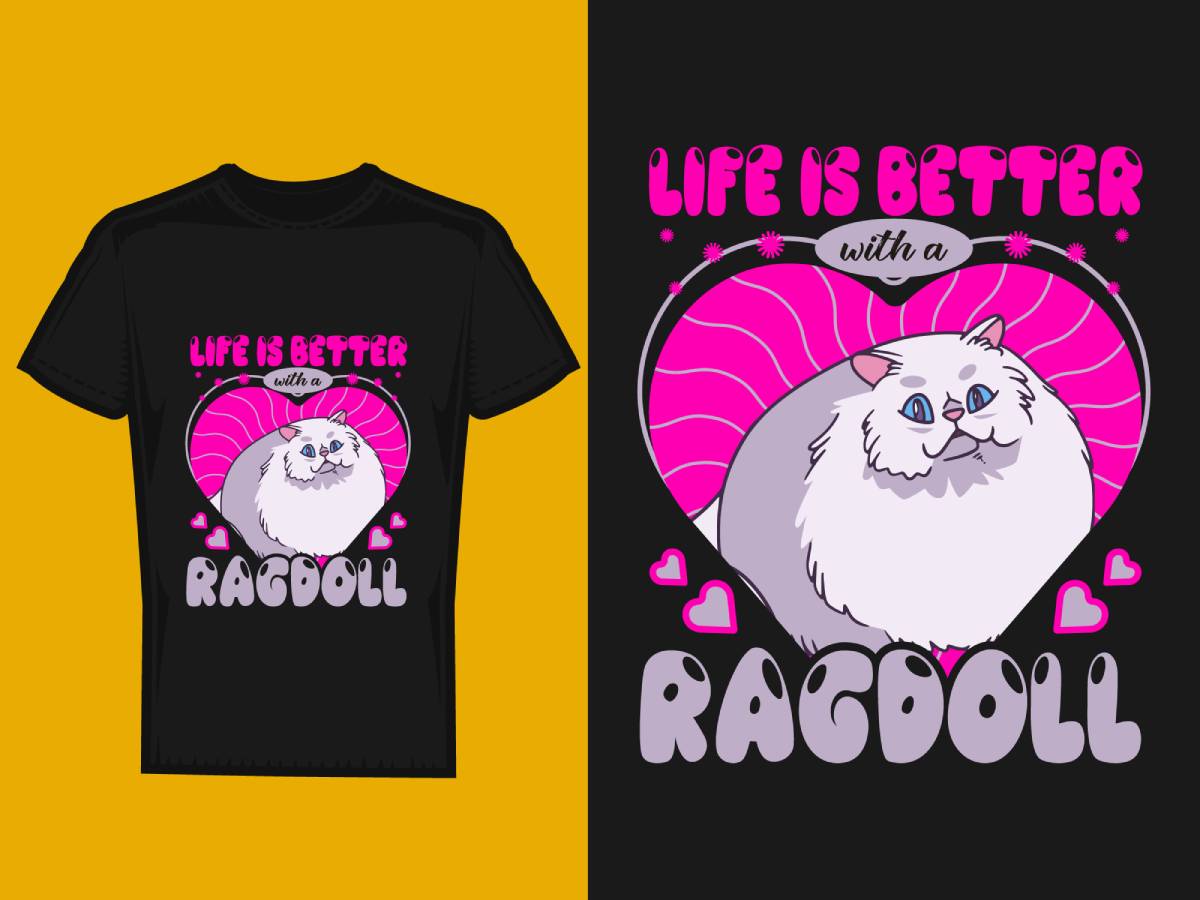
Mastering DTF Transfers for Long-Lasting Prints
Choosing the Right Materials for DTF Transfers
Achieving durable and high-quality DTF transfers begins with selecting the right materials. The combination of premium transfer film, high-resolution ink, and superior adhesive powder ensures that each DTF transfer produces vibrant and long-lasting prints. Investing in quality materials enhances print longevity and reduces issues like peeling and fading.
Optimizing Printer Settings for DTF Transfers
Proper printer calibration is crucial for obtaining sharp and consistent DTF transfers. Adjusting ink flow, resolution, and color profiles optimizes the print quality. When DTF transfer designs are printed with precision, they retain color accuracy and clarity for extended periods.
Applying Heat and Pressure Correctly for DTF Transfers
The heat press process is a critical step in ensuring strong adhesion in DTF transfers. Maintaining the correct temperature, applying even pressure, and pressing for the right duration prevents peeling and cracking. When executed properly, the DTF transfer bonds securely with the fabric, creating a smooth and long-lasting finish.
Ensuring Proper Fabric Preparation for DTF Transfers
Fabric preparation significantly impacts the success of DTF transfers. Cleaning, preheating, and removing any excess moisture or debris from the fabric enhances adhesion. A well-prepped surface allows the DTF transfer to adhere seamlessly, preventing wrinkles or imperfections in the final print.
Post-Application Care for Long-Lasting DTF Transfers
Maintaining the quality of DTF transfers requires proper garment care. Washing clothes inside out, using cold water, and avoiding excessive heat during drying help preserve the vibrancy and durability of DTF transfer prints. Following these guidelines prevents fading and extends the lifespan of the design.
Common Mistakes to Avoid in DTF Transfers
Several common errors can affect the quality and durability of DTF transfers. Uneven adhesive application, incorrect heat press settings, and poor fabric preparation can lead to peeling or weak adhesion. Being mindful of these issues and following best practices ensures that each DTF transfer produces professional and long-lasting results.
Conclusion
Mastering DTF transfers for long-lasting prints involves selecting quality materials, optimizing printer settings, applying heat correctly, and following proper garment care techniques. By avoiding common mistakes and maintaining best practices, businesses and designers can ensure that each DTF transfer print remains vibrant and durable over time.
Frequently Asked Questions
-
What are the best materials for DTF transfers?
- High-quality transfer film, superior adhesive powder, and premium ink ensure durable and vibrant prints.
-
Why are my DTF transfers peeling?
- Peeling can occur due to incorrect heat press settings, uneven adhesive powder application, or improper fabric preparation.
-
How can I prevent DTF transfer designs from fading?
- Washing garments inside out with cold water and avoiding high-heat drying helps maintain color vibrancy.
-
What is the ideal temperature for heat pressing DTF transfers?
- Most DTF transfers require temperatures between 300-325°F for optimal adhesion.
-
Can DTF transfers be applied to any fabric?
- Yes, DTF transfers work on cotton, polyester, blends, and various synthetic fabrics.
-
How long do DTF transfers last?
- With proper care, DTF transfers remain vibrant and durable for numerous washes.
-
What printer settings should I use for DTF transfers?
- Adjusting ink saturation, resolution, and temperature settings ensures high-definition prints.
-
Why do my DTF transfers look dull?
- Using low-quality ink, improper curing, or incorrect heat press settings can result in dull prints.
-
Can DTF transfers handle intricate designs?
- Yes, DTF transfers are perfect for detailed, full-color, and complex graphic designs.
-
Is DTF transfer printing cost-effective?
- Yes, DTF transfer printing minimizes material waste and eliminates costly setup fees, making it highly efficient.